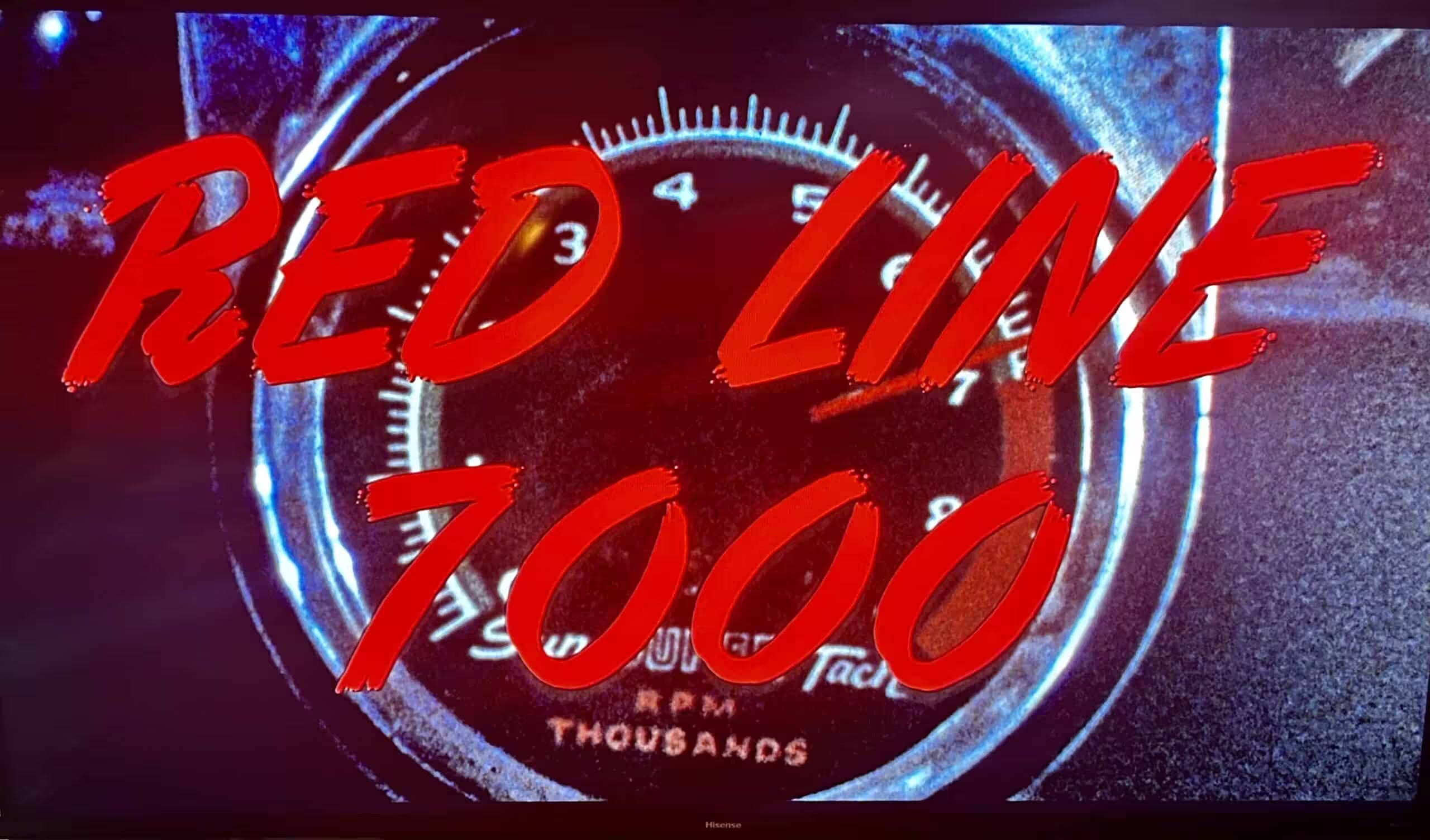How do you know you’re watching a NASCAR movie that would never be made today?
When only a few minutes into it, a stock car violently bounces off a wall, careens down the track and bursts into flames.
Then, the stuntman lucky enough to briefly portray said character, climbs from its burning husk — on fire himself — and falls to the ground as a safety crew rushes to douse the flames.
But it’s too late. The driver — not the stuntman — is dead.
Welcome to Red Line 7000, a movie released in 1965 by Paramount Pictures and starring future The Godfather actor James Caan.
Now if you’re like myself, you likely hadn’t heard of this film before 2024 or before clicking on this column.
It wasn’t until Arrow Video, a boutique home video company that releases niche and genre films, announced a special Blu-Ray release of it earlier this year that it entered my orbit.
The movie’s title refers to the RPM limits of what the engine of a mid-1960s stock car — at least in this movie’s universe — could withstand before catastrophe strikes.
It’s that limit which the fictional driver Jim Loomis exceeded, causing his engine to blow and sending him to his death.
If there’s one thing Red Line got right, it was that NASCAR of the mid-20th century was an inherently violent and dangerous sport. One that claimed the lives of drivers on a somewhat regular basis.
The movie is filled with highlight reels of actual race action and accidents from the 1964 NASCAR season.
The filmmakers, led by director Howard Hawks, took that real life footage — shot at Daytona International Speedway, Charlotte Motor Speedway, Atlanta Motor Speedway, Darlington Raceway and Riverside International Raceway (all footage shot in color, unlike what you would find on NASCAR Classics) — and crafted their fictional races around it. Basically the opposite of what would be done 25 years later on Days of Thunder.
Now, not all the accidents are realistic.
The most egregious of them almost passes the eye test. The way it’s filmed resembles, at least in film quality, most of the highlights strewn throughout the movie’s one-hour-and-50-minute runtime.
However, this crash is comical. `
In a theater in 1965, you’d never be able to pick out the ramp installed on the track to make this rocket launch possible.
But in 2024, after getting over the shock of the stunt itself, having rewind handy reveals the scene’s…
Click Here to Read the Full Original Article at …

